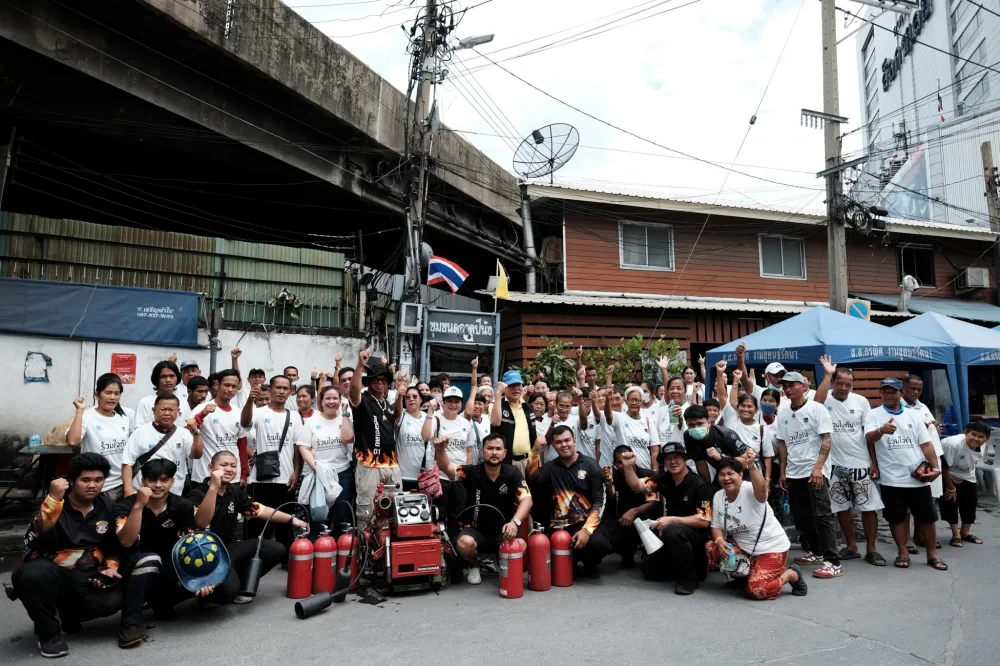
Human Rights and Community
Organizational Importance and Commitment
Committed to operating within the scope of Human Rights Practices in accordance with the United Nations Guiding Principles on Business and Human Rights and relevant laws. The Company treats all stakeholders fairly, with respect for human dignity, without discrimination. Employees and workers are treated fairly, receiving appropriate compensation and benefits, no less than those required by labor laws.
Opportunities and Impact
The Company respects and promotes Human Rights activities throughout the organization to strengthen human resources, which are a fundamental factor in business operations and in delivering quality products and services to consumers. Furthermore, the Company extends its care to communities and society to minimize potential negative impacts on its operations and corporate image.
Supporting the SDGs Goals
Goal 3:
Goal 5:
Goal 8:
Goal 10:
Stakeholders Directly Impacted
Goals and Performance
| ESG Performance Indicators and Targets | 2024 Performance Results |
|---|---|
| Zero Human Rights Violations | Human Rights Violations (0) |
| Self-Assessment and review of Human Rights Due Diligence across all dimensions | Comprehensive Human Rights Due Diligence (HRDD) across |
| Response rate from Employee Engagement Survey above 70% | Response rate from Employee Engagement Survey is |
| Achieve Employee Engagement Survey scores above level 3 | Achieve Employee Engagement Survey scores above |
Management Guidelines
Strategy
Management Approaches
Human Rights Due Diligence Process
1. Providing and notifying the human rights
As the policy-based obligation for confidence in the business operation which pays respect to human rights. The practice guideline was also established for further compliance by the Company’s board members, executives, and employees at all levels.
2. Identifying important risks and issues relating to human rights
By identifying the related human rights issues from reviewing human rights problems occurring in other similar businesses and from analysis by various media. In this regard, human rights issues that have occurred or might occur were described. These issues covered the forced labor, human trafficking, freedom of association, rights to collective bargaining, fair compensation, discrimination, and all types of harassment, as well as the groups being affected.
3. To assess the risk level, chance, and impact possibly affecting human rights
Human rights risks were assessed by considering the impact severity, and chance of human rights violation caused by the Company’s business operation. The human rights risks highly and very highly ranked were considered while the Company’s present management guideline were revised simultaneously so that they were consistent to such human rights risk assessment results.
4. To formulate preventative measure to mitigate potential negative impact, and remedy mechanism
These measures would be used as the guideline to reduce and push impacts to the low or acceptable level under the following remedy forms:
- Monetary compensation form by taking account of laws, regulations of the Company, and appropriateness.
- Non-monetary compensation such as apologizing, giving assistance after being victimized.
Determining the remedy mechanism for each event may be different, depending on the cause and impacts occurred, and through the conciliation procedure. The Company would grant the right to the impacted persons to join the negotiations based on human rights principles.
5. To monitor and review human rights
for further improvement, and reporting it to the Company’s Management before disclosing it to the public.











